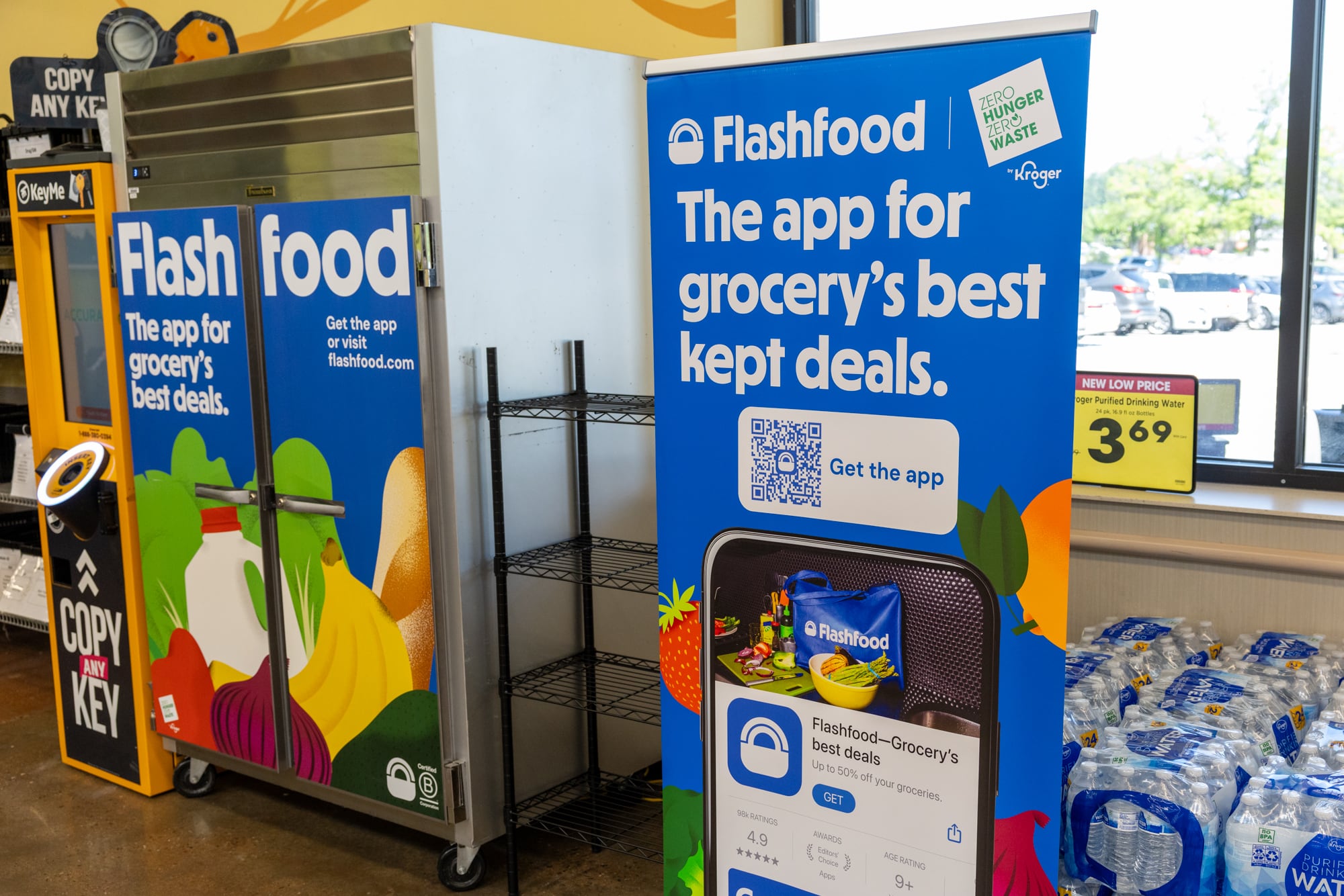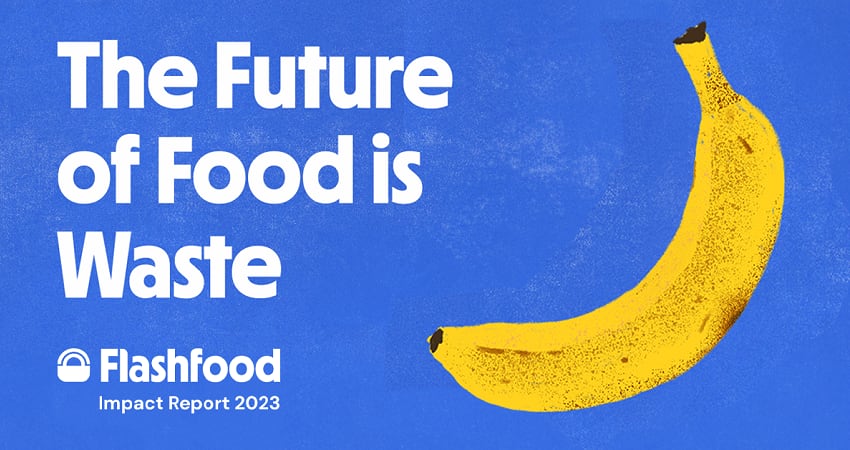Retailer Kroger is partnering with grocery discount app Flashfood to pilot in Richmond, Va., a food waste and affordability program that significantly discounts fresh food nearing its sell-by date while driving foot traffic and new revenue.
The pilot program also aligns with Kroger’s Zero | Hunger Zero Waste goal, which includes implementing a data-driven strategy to improve access to healthy foods.
The app provides Kroger customers access to heavily discounted fresh food (up to 50% off) nearing its best-by date – including meat, dairy, produce and baked goods. Users purchase items on the Flashfood app and pick them up in-store from dedicated Flashfood zones.
For Flashfood, the pilot reflects both a proof-of-concept and a high-potential growth market in the mid-Atlantic region, said Jordan Schenck, CEO of Flashfood.
Richmond, “could benefit tremendously from this” – and it also expand on Flashfood’s approach to surplus food how it can be used to meet affordability goals while cutting waste, Schenck said.
How it works
Kroger store teams identify foods nearing their best-by date during routine culling and, instead of sending them to landfill, scan them into the Flashfood system using existing in-store tech. The listings go live in the app, and customers that buy them can pick up their orders from a dedicated area inside the store.
The model does not just divert food waste – it recovers margin on what would have been a loss, according to Schenck.
“Where we come in is actually that last chance ability for a retailer,” she said. “You actually get the recovery on the sale,” and “receive that dollar back on their shrink line.”
What moves on the Flashfood app
In Flashfood’s 2025 shopper survey, 70% of users said they are eating healthier since using the app, and 65% reported eating more fruits and vegetables.
Schenck attributes the boost in healthy foods to the kinds of products that end up on Flashfood shelves which includes familiar and even premium items.
“We’re one of the only platforms where organics are posted,” she said.
The top performer in the app across markets is beef, which is unsurprising given inflationary pricing for proteins, Scheneck said. The second top performer is produce.
For the Richmond pilot, Kroger is testing individual produce SKUs instead of Flashfood’s typical bundled “produce box” model.
Beyond shrink: Incremental trips and spend
Unlike last-minute yellow sticker markdowns, Flashfood is designed to bring shoppers to the store. The average user opens the app 3.5 times a week, according to Schenck, and those using Flashfood make 1.1 more trips per month to participating stores – spending an average of $25 more per trip? on non-Flashfood items.
The cycle of shrink recovery, trip frequency and basket lift makes a stronger case to retailers than food waste diversion alone, Schenk said.
Flashfood also supports SNAP transactions at retailers like Meijer and Giant Eagle, and is exploring that integration with Kroger.
Building a broader retail footprint
Flashfood is live in more than 2,000 stores across North America and to date has diverted more than 140 million pounds of food from landfill since it began in 2016, according to the company.
Schenck says the real hurdle to expansion is not the tech – it is making sure the store-level standard operating procedures (SOPs) are sound.
“The technology is never a blocker,” she said. “It’s how we assure the SOP works within [a retailer’s] infrastructure.”
To reach smaller and rural retailers, the company is piloting a more flexible, standalone version of the platform – designed for stores without enterprise-level IT or staff.
“Some of these smaller chains don’t have incredible tech,” Schenck said. “We had to rethink the cataloging process.”
That product for smaller chains is still in early rollout, but Flashfood plans to share results later this year.
“We’ll build a great business in major metros,” she added. “But we don’t meet the mission unless we’re moving beyond. There’s the heart of this country. There’s a lot more folks to get to.”



![[Video] Flashfood CEO talks rebrand and improving nutrition access](https://www.foodnavigator-usa.com/resizer/v2/NDOXIXI4BVLQ3BPEIHMSXODOG4.jpg?auth=b78f8e132a89d1b0b07a3456dafabdf8ab66d74a2ab4f4cf741d130f9cb8ea36&smart=true)
